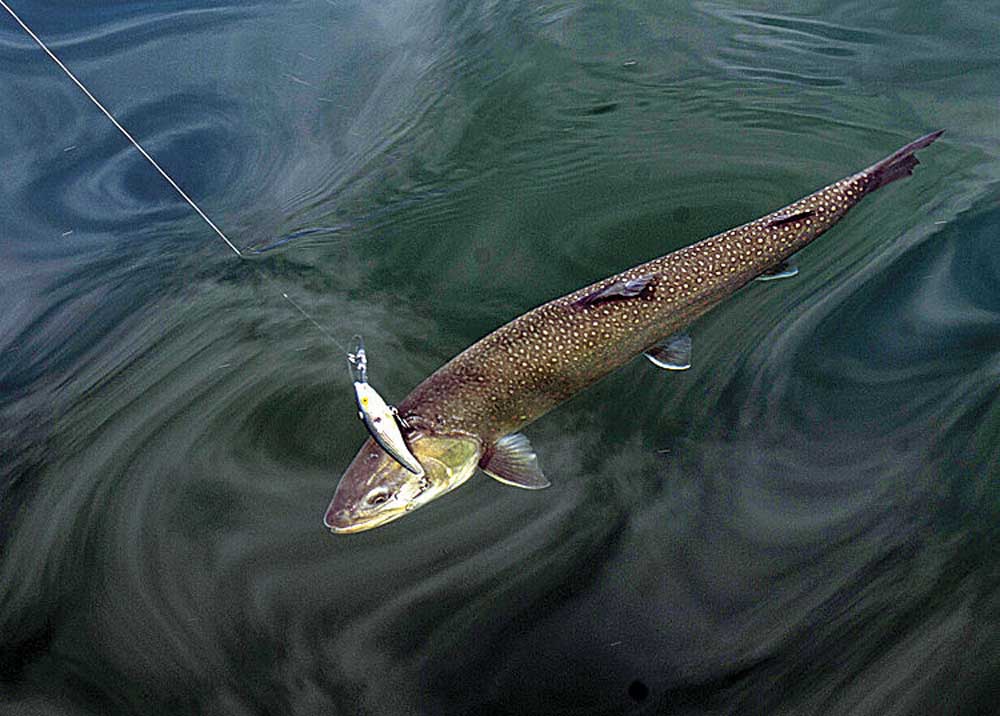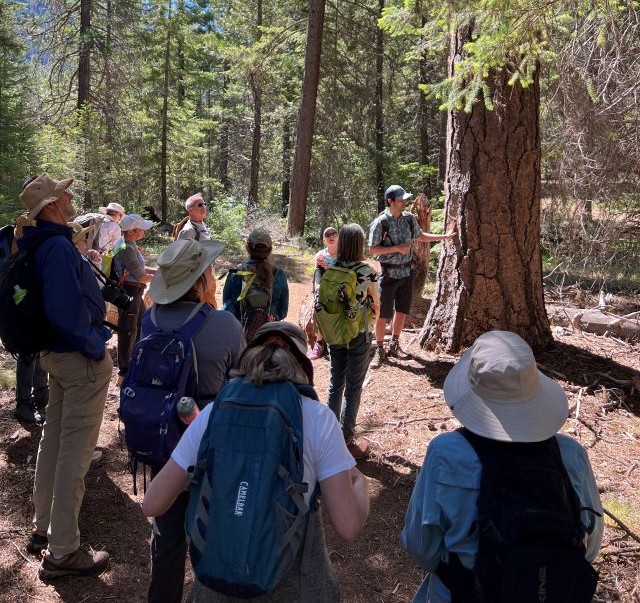Lake Billy Chinook’s bull trout and kokanee fishing are a wintertime option
Published 4:00 am Friday, February 24, 2023

- A bull trout caught on a crank bait is brought to the boat while fishing the Metolius Arm of Lake Billy Chinook in 2019. The Metolius Arm opens to fishing on March 1 and requires a Warm Springs tribal angling permit.
It can be difficult to think about lake fishing in the middle of a snowy Central Oregon winter, but for hardy anglers, opportunities abound on Lake Billy Chinook.
The reservoir near Culver where the Deschutes, Crooked and Metolius rivers meet offers one of the few spots in the country to fish for bull trout legally.
Kokanee are also abundant in Lake Billy Chinook, and there are smaller numbers of rainbow trout and brown trout.
The Metolius arm contains the highest population of bull trout of the three river arms of Lake Billy Chinook, but it’s closed to angling until March 1, and a Warm Springs tribal angling permit ($17 per day or $60 for the season) is required to fish there when it opens. The Crooked River arm holds its share of bulls and offers anglers a chance to land rainbow trout as well.
Bull trout are typically characterized by their aggressive feeding and by their coloring: olive green to bronze backs, with pale yellow, orange or salmon-colored spots.
Federally listed as threatened under the Endangered Species Act of 1998, bull trout are continuing to thrive in Lake Billy Chinook, according to the Oregon Department of Fish and Wildlife. Many anglers love to fish for the unique, hard-fighting fish, even during the bitter cold of winter.
“Our spawning ground counts in 2022 for bull trout in the Metolius River was a record over the last 25 years, but that doesn’t always mean more catching,” said Erik Moberly, a fish biologist for the ODFW.
Most anglers this time of year before the Metolius Arm opens at Lake Billy Chinook are fishing for kokanee, while others like to troll for bulls in the Deschutes or Crooked River arms.
Many boat anglers find success for bull trout by casting Rapala lures close to the shore, then reeling in to tempt the hungry bull trout, which will feed on almost anything, including crayfish near the bank. Trolling is also a popular method, especially early in the season. Anglers can also set up fishing lines with chunks of herring or a worm and a marshmallow, cast them out and let the bait settle to the bottom of the reservoir.
As water temperatures warm in March and April, the fish become more active.
Anglers with Fishfinders can look for schools of kokanee to find the bull trout, which often feed on the kokanee.
While summertime on Lake Billy Chinook is filled with water skiers, wakeboarders and other lake revelers, wintertime can offer plenty of solitude for anglers who brave the cold. And the natural beauty of Lake Billy Chinook is always inviting.
Stark, rugged cliffs rise high above the reservoir and the bird life is abundant. Fishing Lake Billy Chinook in the dead of winter is a lot like fishing Lake Billy Chinook in the spring — only about 30 degrees cooler.
Good bull trout fishing usually lasts through the end of April, before the water warms significantly and the fish go down deep.
On Lake Billy Chinook, anglers are allowed to keep one bull trout longer than 24 inches per day, according to the 2023 Oregon Sport Fishing Regulations. If they keep one, they can continue fishing, but only for a different species. The trout bag limit is five. All bull trout not kept in the daily catch limit must be immediately released unharmed.
Anglers can now keep five kokanee in addition to the daily trout limit. Rainbow trout longer than 20 inches and kokanee/sockeye salmon longer than 16 inches must be released. There is no limit on size or number of bass or brown trout. Stream regulations apply above ODFW markers on the Crooked River and Deschutes River arms.






